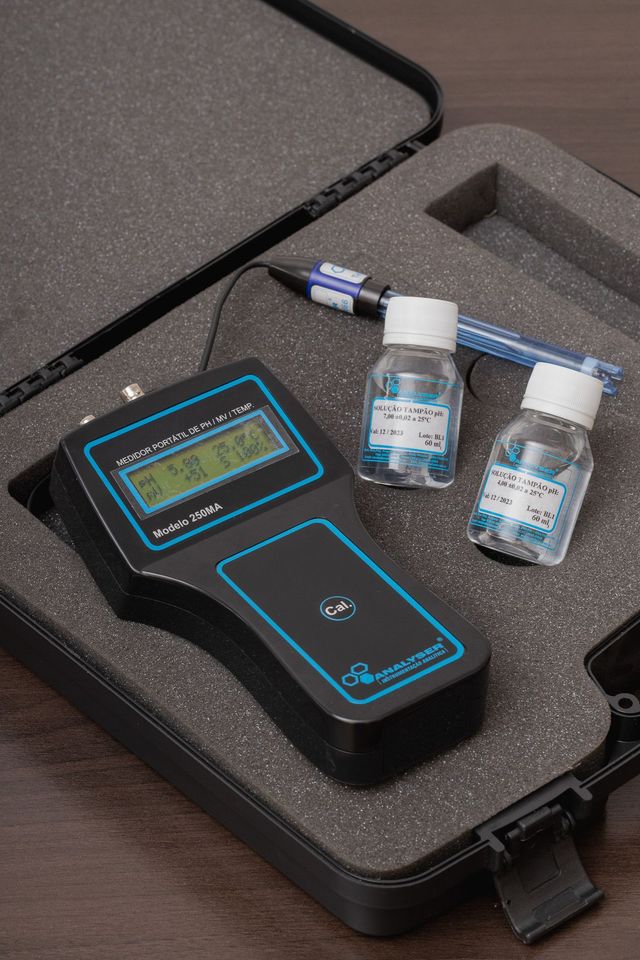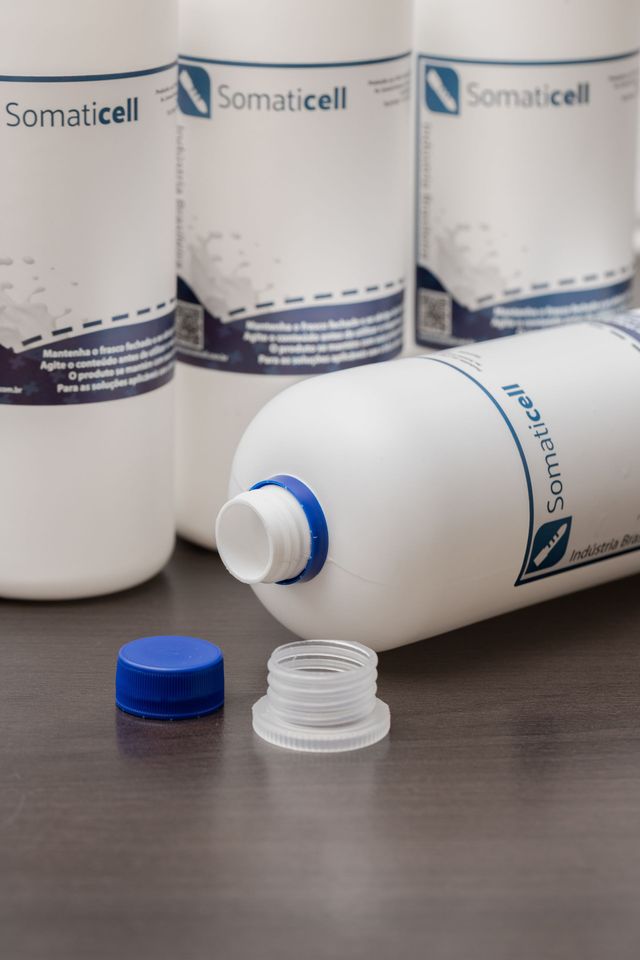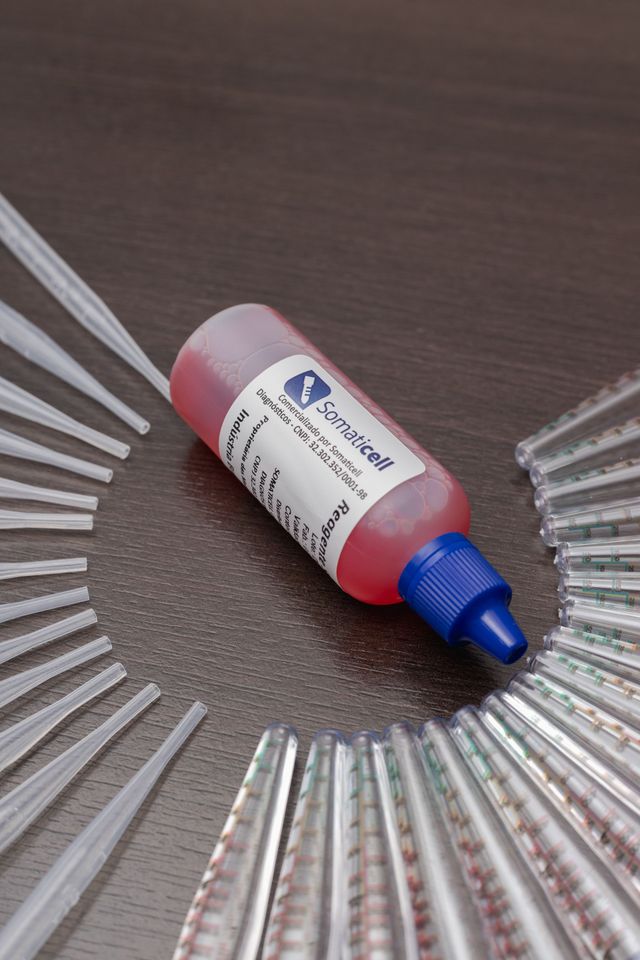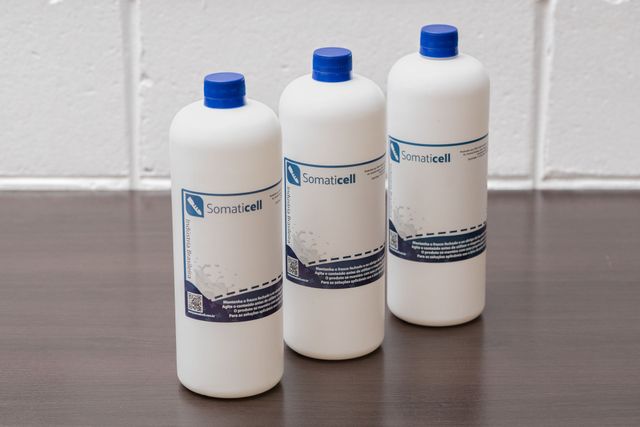Good milking management: understand how to leverage your production rates
Well-being and human-animal interaction are related to their productivity rates
Milk production is of great importance for food and the economy, always requiring techniques to improve productivity. Therefore, good milking management is essential.
Anyone who raises cattle and produces milk knows that many aspects are connected in this field, such as good food, satisfactory space, adequate handling, good milking and animal health care.
But beyond these methods, the way caregivers interact with animals to carry out all these processes makes all the difference!
Did you know that well-being and human-animal interaction are related to your productivity rates?
If your answer was negative, follow this article, where we will explain in detail how this happens and what to do to improve!
Good reading!
Good milking management and animal welfare
A ordenha é o ato de retirar o leite das glândulas mamárias (úberes) das vacas e é um dos processos mais importantes para a obtenção do leite. Por isso, a sua condução e ação necessita ser o mais calma e higiênica possível!
But just like humans, where comfort and well-being play a fundamental role in health, with cattle it is no different! Because if they are in a calm, comfortable place and with good treatment, milk production increases noticeably!
Thus, this relative well-being of cattle concerns the general level of comfort of the animal in the environment, and it is a part that must be taken into account by dairy cattle breeders who wish to improve and increase their production!
Relationship between good milking management and increased production rates
The environment and the way in which the human interacts with the animal is of great relevance for the well-being of the cattle.
É possível avaliar o conforto e comodidade das vacas através de alguns indicadores, que permitem ao produtor medir como está o desempenho técnico e econômico do seu negócio, como a produtividade, a reprodução, comportamentos anormais do gado, ocorrência e gravidade de ferimentos e doenças.
In addition, the correct management of milking is fundamental for the control of diseases in the herd, less lesions on the cows' teats, better milk quality and increased profitability, contributing for the producer to continue working in the field.
However, it is known today that cows have the ability to recognize their handlers.
Então diversos estudos relatam resultados acerca da relação humano-animal e como ela impacta no bem-estar e no rendimento bovino, onde, principalmente no momento da ordenha, o vínculo humano-animal é estreitado.
These experiments aim to evaluate how the cows behave in the face of positive and negative actions by the caregiver.
Negative actions are those of an aggressive nature, such as slapping, pushing and shouting at the animals, either when driving or during milking.
On the other hand, calm words, conversation during the milking period, the act of calmly approaching the animal are positive actions.
Negative actions
When caregivers act more violently, cows develop fear of them and tend to want distance from the handler, even if several days pass without contact.
Cows that receive negative treatment defecate up to six times more at the time of milking, there is a reduction in milk production, which can vary from 30 - 50% due to the animal's aversion and fear of humans. .
Furthermore, it is possible to find cortisol (stress hormone) in milk, and the decrease in production is precisely due to this element, which affects the cow's food consumption and its immune system!
Therefore, the greater the animal's stress and fear of the milker, the greater the retention of milk in the udder, which can reach up to 70% in some cases! And what's more, when cows are returned to locations where they've been mishandled and mistreated, they tend to be a lot more agitated!
Positive actions
However, when caregivers have a trusting relationship and act in a positive and kind way with the animals, all these inconveniences disappear!
For good treatment causes cows to associate the handler even as a reward, such as the offer of food. In addition, when the caregiver treats them with care, caresses, conversations, tranquility, the cows become calmer, which helps in the production and release of more milk at the time of milking!
This more pronounced release of milk can achieve an increase of up to 20% in milk production!
Herd hygiene
Além do bom tratamento e zelo ao gado, as questões de higiene não podem ser deixadas de lado, pois refletem diretamente na saúde do animal, e consequentemente na cadeia de produção.
Decerto que algumas doenças comumente atingem as vacas produtoras de leite e impactam negativamente na economia do negócio. Uma das enfermidades mais conhecidas é a mastite bovina, e uma das formas de aquisição é por uma ordenha feita inadequadamente e sem a higiene necessária.
Bovine mastitis consists of an inflammation of the mammary gland due to the presence of pathogenic microorganisms (capable of causing disease), such as bacteria and fungi.
Após a instauração do quadro de mastite, algumas vacas manifestam sinais e sintomas, que é a mastite clínica. Mas há outro tipo que atinge o gado em maior escala, sendo conhecida como mastite subclínica, pois os animais não apresentam sinais e sintomas, e a identificação é feita através da contagem de células somáticas.
Mastitis is responsible for lower quality and quantity of milk. This happens because the cow with the infection stops producing up to three liters of milk a day!
However, if not treated correctly, the animal may still die!
Animal welfare
As we have seen, stress is one of the main causes of reduced milk production, and the reason varies from physical to emotional conditions of caregivers with cows.
But to help you improve and increase your production, some tips can be of great value.
Environment
The place where the cattle are held should contain trees or a covered area so that they can protect themselves from the sun and rain.
Harmful objects
Items that may cause harm to animals, either by ingestion or injury, must be removed from the space.
Water
Cattle must have plenty of water, as it is an essential element and has a strong connection with milk production!
In warmer times, like summer, water consumption by animals can even double!
The water must be pure, colorless, odorless and tasteless and must be available to the animals 24 hours a day.
Food
The correct supply of nutrients such as carbohydrates, proteins, fats, vitamins and minerals is essential for cows to maintain themselves and produce their milk.
Therefore, they need to be fed according to their needs, which makes them produce more and better.
Thermal stress
Dairy cows, due to their condition, have a high energy expenditure, which generates thermal stress mainly on hotter days, requiring that these animals have adequate ventilation, such as shade and fresh water, or even the installation of fans when indoors.
Fly infestation
Fly infestation is usually related to hygiene issues at the site, and these insects cause stress in the herd, causing weight loss and a decrease in milk production by the cows.
In addition, flies are important vectors of microorganisms, including the pathogenic agents that cause bovine mastitis! Strict control of these insects is necessary!
Hoof injuries
Hoof injuries also need to be taken care of as they are very common in dairy cattle. Some cases bring that it is the second most recurrent problem in these animals, second only to mastitis. This complication causes pain and stress in cows, directly impacting the decrease in milk production.
Floors
Floors for moving cattle should not be hard and rough, but soft and dry. Being a safe floor for the animal, aiming not to cause injuries or pain, thus avoiding favoring hoof injuries!
Training of milkers
Select and train your employees, as they are the ones who will handle the cattle, and they need to provide healthy social exchanges between humans and animals. In addition to being aware of hygiene processes.
These milkers need to be thoughtful, calm people who enjoy the type of work and provide correct handling of the cattle. That is, not imposing fear, but welcoming the animals.
Thus, the team of caregivers must wear clean clothes, know how to wash their hands before starting the milking process, in addition to not smoking, drinking or eating during milk collection.
How to carry out good milking management
Milking done correctly is capable of increasing production and obtaining quality milk and reducing the occurrence of mastitis. This significantly increases productivity and profitability.
But to reach this point, in addition to the above tips, also requires the practice of good procedures during milking.
By adopting the following steps correctly and as part of the routine, there will most likely be an improvement in your production rates, disease prevention and a reduction in expenses related to treatments.
Preparing the environment and animals for good milking management
The place and equipment for milking need to be clean and the animals must be guided to the space in a calm way. Therefore, do not shout, do not hit the herd, avoid sudden movements, do not use skewers, shocks or toxic products. Also, do not use dogs to lead them to the area.
When entering the milking space, the cows must enter in the following order: first-calf cows, healthy cows, cows with subclinical mastitis, cows on colostrum and cows with clinical mastitis undergoing treatment.
The milk obtained from cows with mastitis and in colostrum must not be mixed with the others, nor consumed by humans!
The milker must wash his hands thoroughly with soap and water before starting the process. You should also check that the equipment that will be used is very clean.
There is no need to wash the cows' teats (unless they are very dirty). So, you just have to dip them in disinfectant solution of iodine, chlorine, chlorhexidine or according to the existing technical indication. You must wait 30 seconds for its action, which eliminates a good part of the existing microorganisms and that multiply even with the milk in refrigeration.
Once this is done, use different parts of the disposable paper towel to dry each teat.
It is necessary to carry out tests to detect mastitis before starting milking, such as the mug test, where you must remove the first three jets of milk into a dark container and observe if there are any changes, such as the presence of pus, very yellow milk or aqueous.
Care during milking
The space must remain calm. When starting milking, it is necessary to go until the end, without stopping, as it is in the first minutes that most of the milk can be obtained, due to the action of hormones.
When the flow of milk in the teat cup ends, first turn off the vacuum before removing the equipment.
So sanitize the utensil before positioning it on another animal. This must be done in order to avoid contamination between the cows, immerse the equipment in a disinfectant solution and let it drain for one minute.
Care after milking
After the end of milking each animal, it is necessary to immerse the teats of the cows again in a disinfectant solution.
And remember that the milk needs to go directly to the refrigerator right after collection, to inhibit the proliferation of bacteria that impair the quality of the material!
The animals need to receive food after milking, as this helps to prevent the appearance of mastitis.
Finally, start cleaning the area and milking equipment!
Gostou do nosso conteúdo? Saiba que no blog da Somaticell é possível encontrar muito mais informações acerca de como manter a saúde do seu rebanho e como melhorar a qualidade do seu produto através do bom manejo da ordenha!
We are a company that aims to help you and your business to obtain better solutions and results!
Portanto, não deixe de conferir outros artigos e entrar em
Contact conosco!

Conheça nosso App
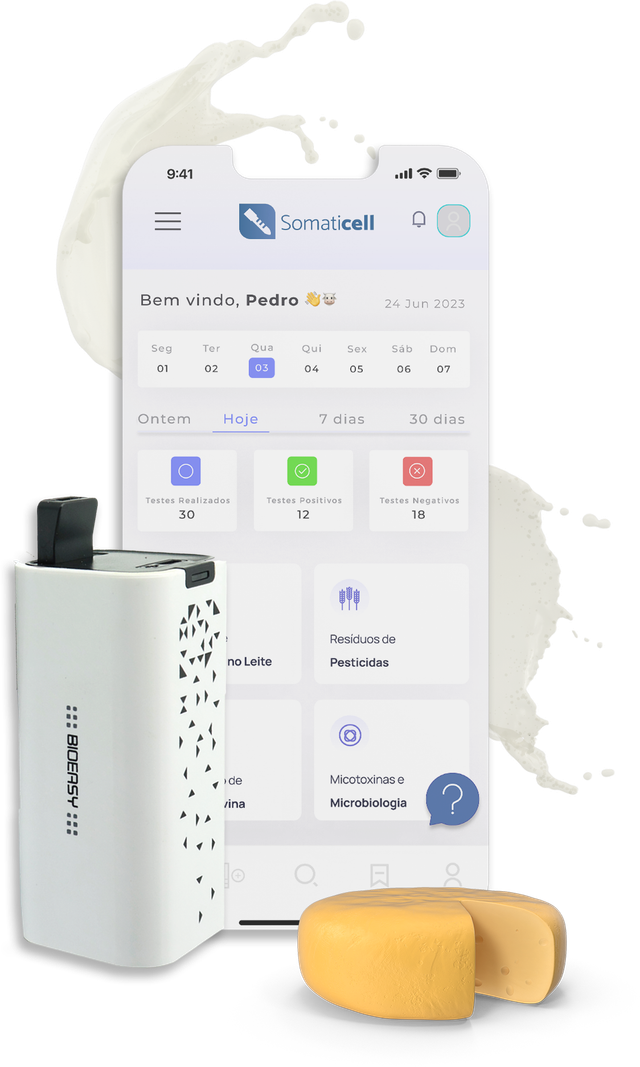
Our Educational Videos
Somaticell on Social Networks




